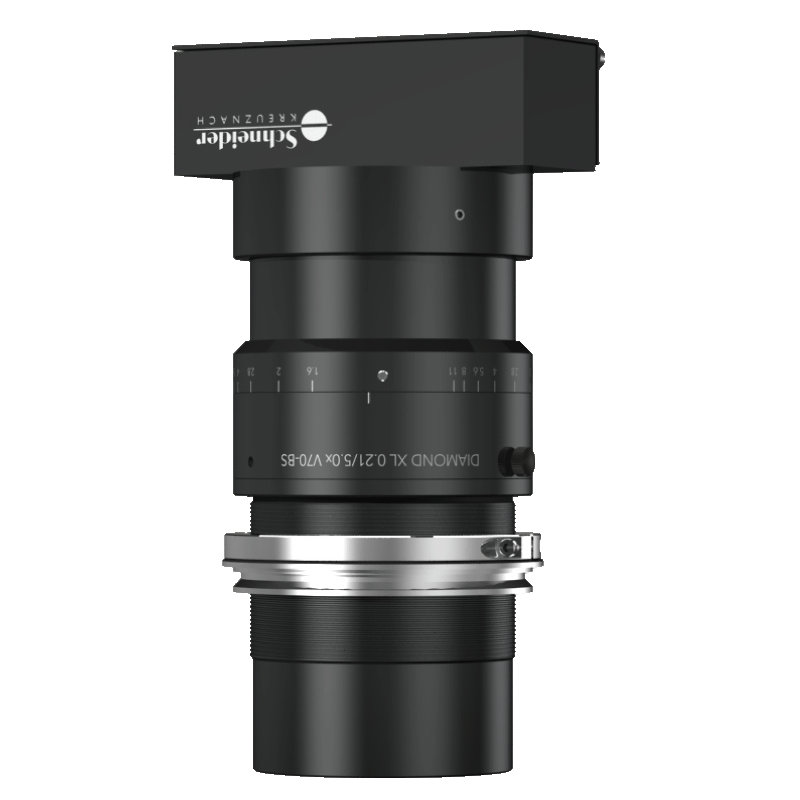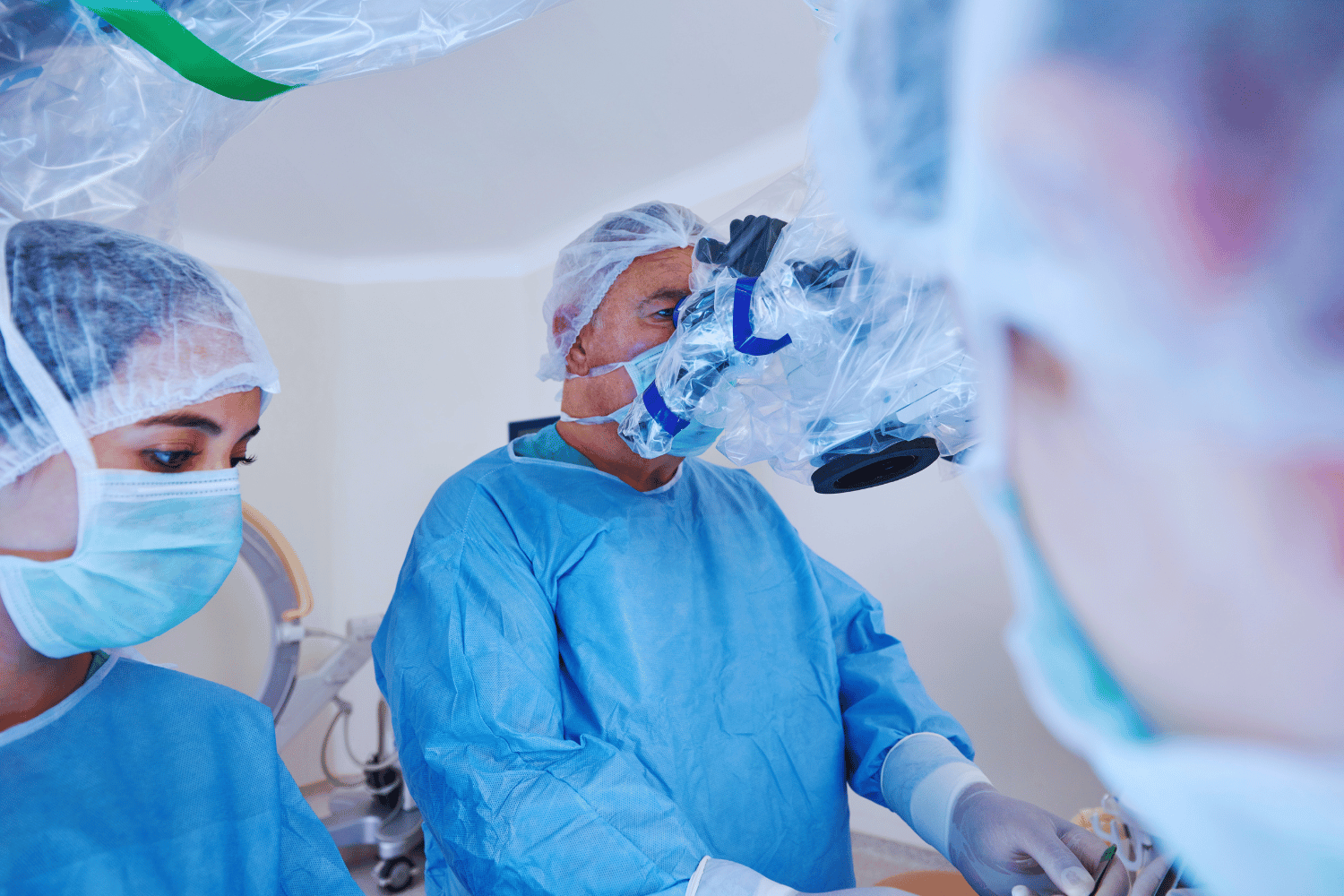DIAMOND XL 0.21/5.0x V70-BS | F1.3

Imaging technologies play an important role in the medical and bioanalytic market as they improve both diagnosis and treatment of diseases. Physicians and scientists are enabled to take precise measurements and monitor the health of patients. Examples include medical imaging and bioanalytics. 3D scanners are used in the medical sector to measure precisely dental and orthopaedic prostheses.

Some of the most used imaging techniques in medicine are computed tomography (CT), magnetic resonance imaging, and X-ray.

Navigation technology in robotic surgery allows the surgeon to make precise and accurate movements of the robotic arm.
Imaging technologies play an important role in medical diagnostics. They enable physicians to examine and assess the structures and functions of a patient's body in detail. Some of the most used imaging techniques in medicine are computed tomography (CT), magnetic resonance imaging (MRI), and X-ray.
CT and MRI provide detailed images of internal organs and tissues to help doctors detect tumors, vascular disease and other internal injuries. X-rays are another important imaging technique used in medicine to detect bone fractures and other injuries.
Optical filters are used for the accurate diagnosis of body fluids in laboratories. The filters help to select certain spectral ranges for examination.
Magnification lenses are an important part of microscopes. They allow the user to view the object being examined in magnified form. The applications of microscopes are many and varied for example lightsheet microscopy and immersion microscopy. Their ability to accurately examine and analyze tiny samples makes them an indispensable tool in many areas of science, medicine and technology:
In Medical diagnostics
In Scientific research
In Materials science
In Electronics
In Forensics
In Quality control
The ExA-SPIM method, developed by Adam Glaser and his team at the Allen Institute, has opened avenues for neuroscience research.
The method facilitates deeper comprehension of brain structure and functionality, particularly in studies of complex neurological diseases and conditions. It represents a significant advancement in the domain of microscopy. It enables the visualization of centimeter-sized brain tissue with nanometer resolution, obviating the necessity for tissue sectioning.
This is achieved through the integration of advanced tissue processing techniques and state-of-the-art fluorescence microscopy. The DIAMOND lenses are of paramount importance. Their expansive image circle and elevated magnification permit the analysis of larger samples in a single image, obviating the necessity for additional segmentation.


The application of IGS begins with preoperative imaging, such as CT or MRI scans, which are used to construct a virtual model of the patient's anatomy. During surgery, this model is continuously updated with live data from the optical tracking system. This real-time feedback enables surgeons to navigate with unparalleled accuracy, minimizing risks and improving outcomes.
IGS is particularly beneficial for complex procedures, including those involving delicate neural structures or intricate spinal corrections. It reduces the need for large incisions by allowing for precise targeting, thereby decreasing recovery times and postoperative complications. Overall, image-guided surgery represents a significant advancement in the field, offering enhanced safety, efficiency, and effectiveness in surgical interventions.
IGS systems consist of a camera attached to the robotic arm and an image processing algorithm that determines the position of the instrument in relation to the patient. They allow the surgeon to visualize the patient's anatomical structures in real time, making the operation more precise.
Another important feature of navigation technology is the ability to store and analyze data after surgery. This allows to review the operation and analyze what can be improved for the next operation. It also helps in trainings and studies.
Navigation technology in robotic surgery allows the surgeon to make precise and accurate movements of the robotic arm and track the position of the instrument via 3D scanning in real time. This is particularly important in complex surgeries where it is often difficult to determine the exact position of the instrument manually.
Image-guided surgery (IGS) is a cutting-edge technique that enhances precision in cranial and spine procedures. This method utilizes advanced imaging technologies to create real-time, three-dimensional visualizations of the surgical area. By integrating sophisticated optical tracking systems with specialized software, IGS provides surgeons with detailed anatomical maps, allowing for meticulous planning and execution.